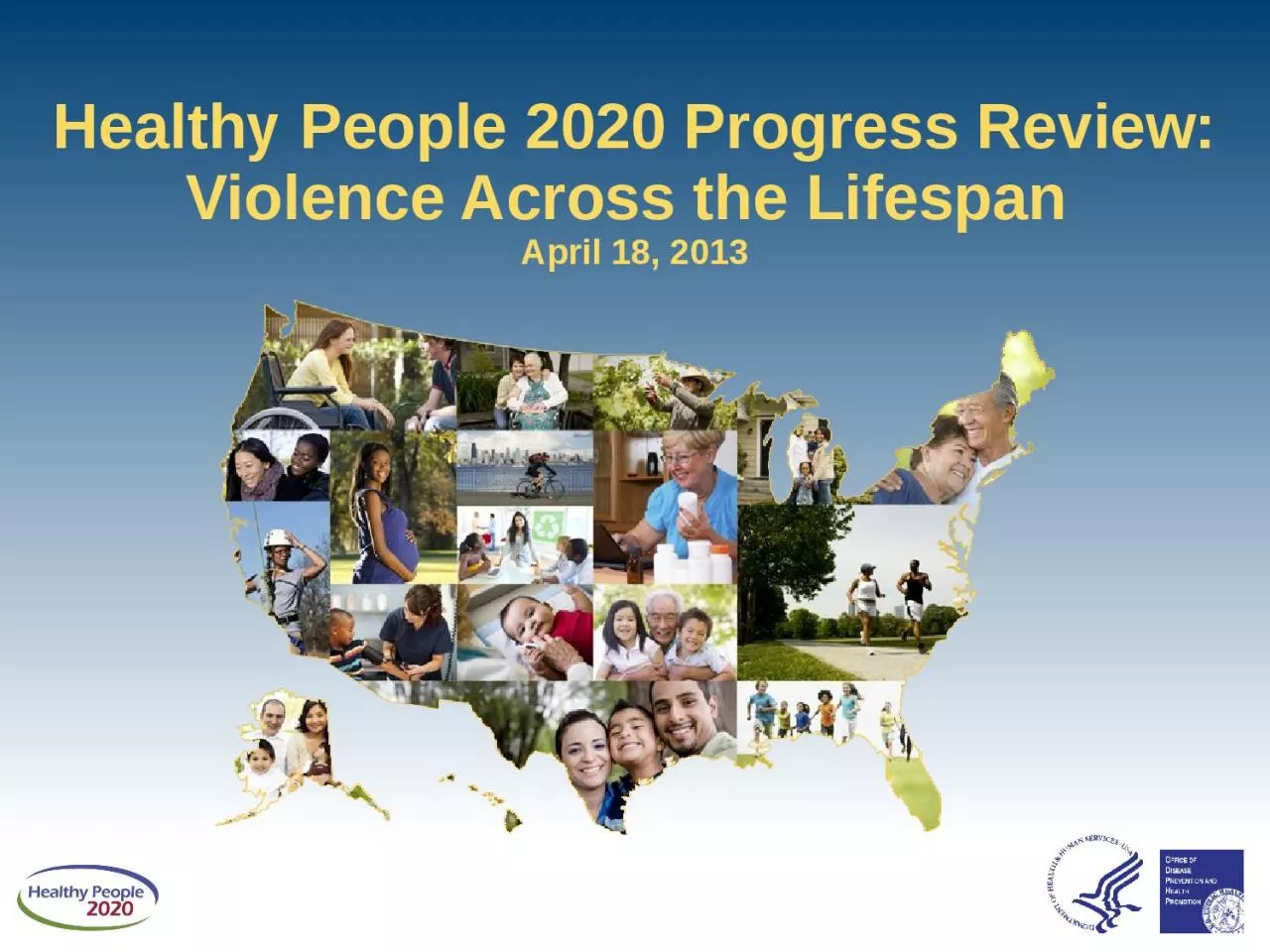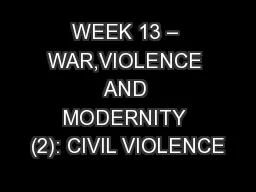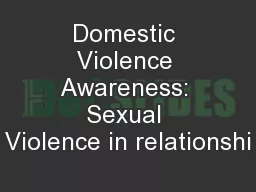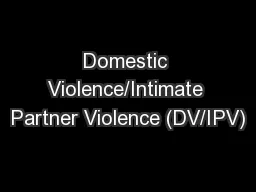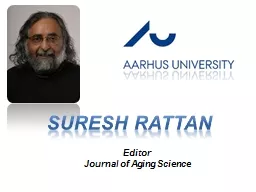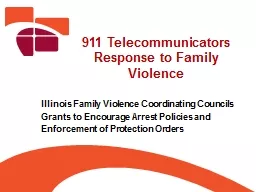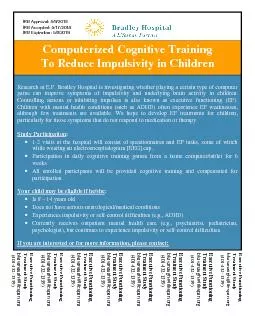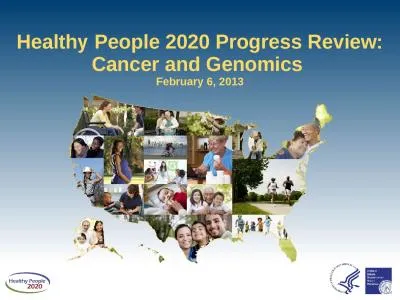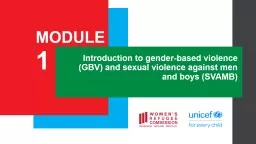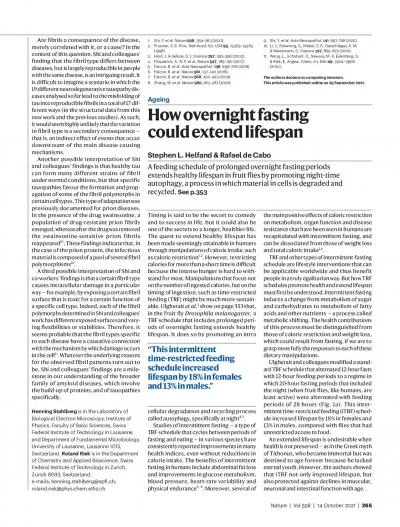PPT-Healthy People 2020 Progress Review: Violence Across the Lifespan
Author : cappi | Published Date : 2024-01-29
April 18 2013 Howard K Koh MD MPH Assistant Secretary for Health US Department of Health and Human Services Progress Review Overview Summarize the impact of
Presentation Embed Code
Download Presentation
Download Presentation The PPT/PDF document "Healthy People 2020 Progress Review: Vio..." is the property of its rightful owner. Permission is granted to download and print the materials on this website for personal, non-commercial use only, and to display it on your personal computer provided you do not modify the materials and that you retain all copyright notices contained in the materials. By downloading content from our website, you accept the terms of this agreement.
Healthy People 2020 Progress Review: Violence Across the Lifespan: Transcript
Download Rules Of Document
"Healthy People 2020 Progress Review: Violence Across the Lifespan"The content belongs to its owner. You may download and print it for personal use, without modification, and keep all copyright notices. By downloading, you agree to these terms.
Related Documents

